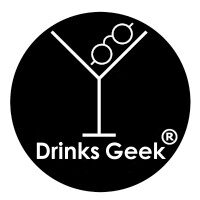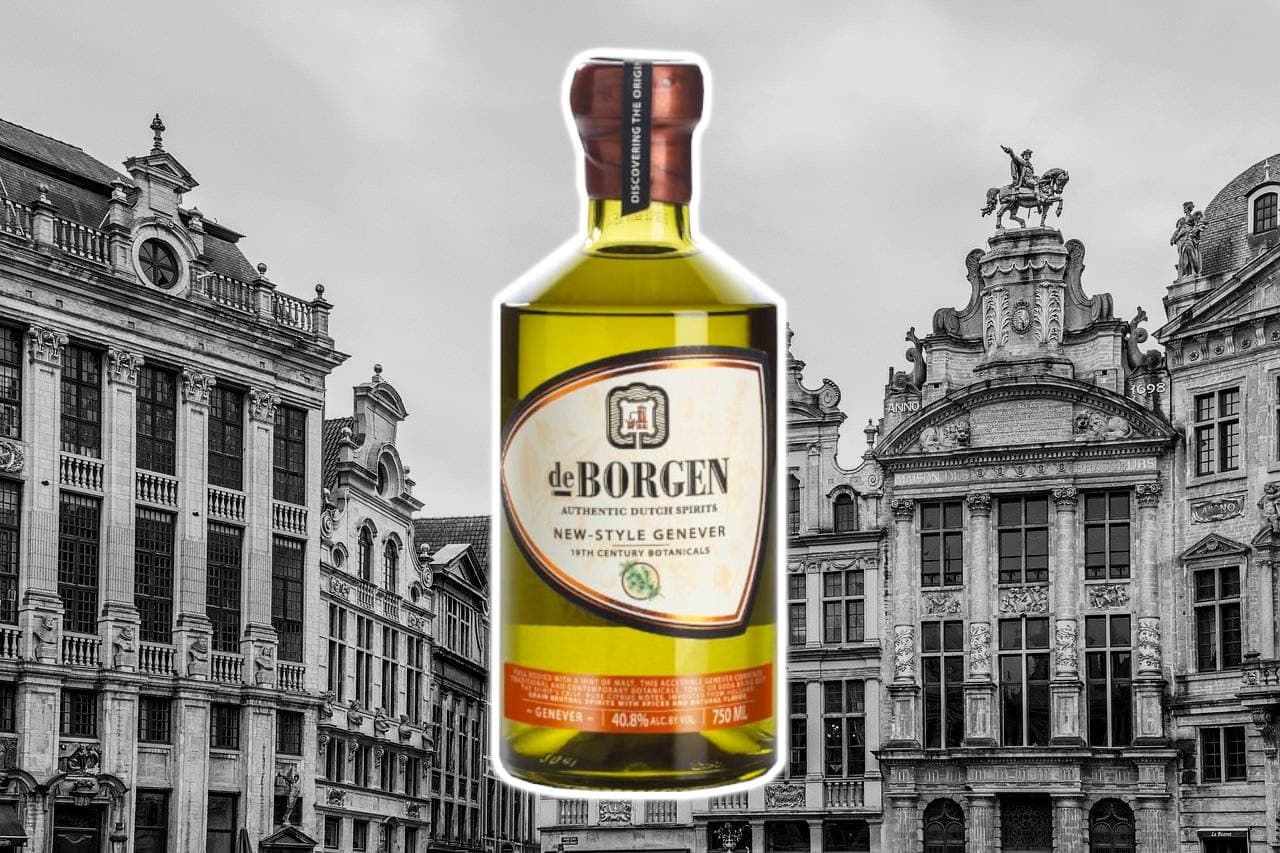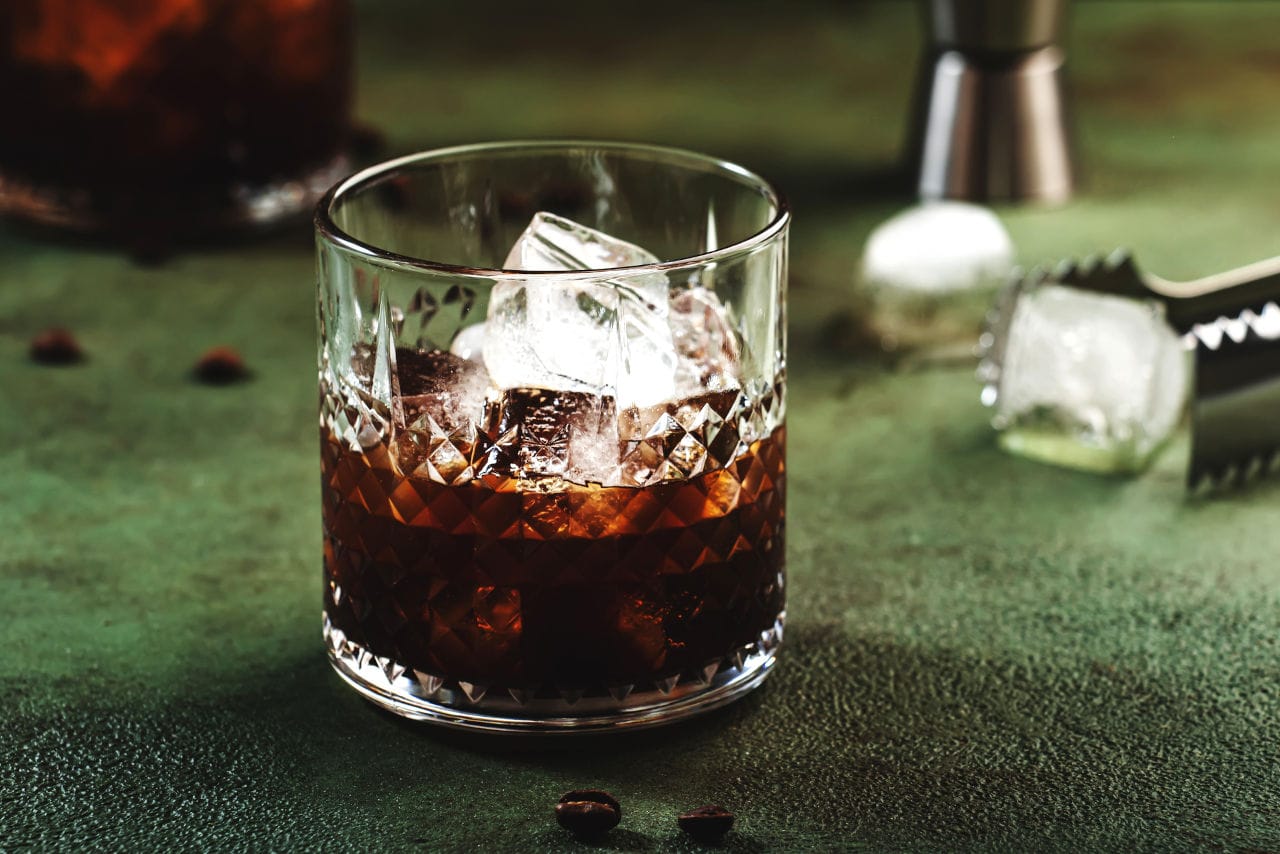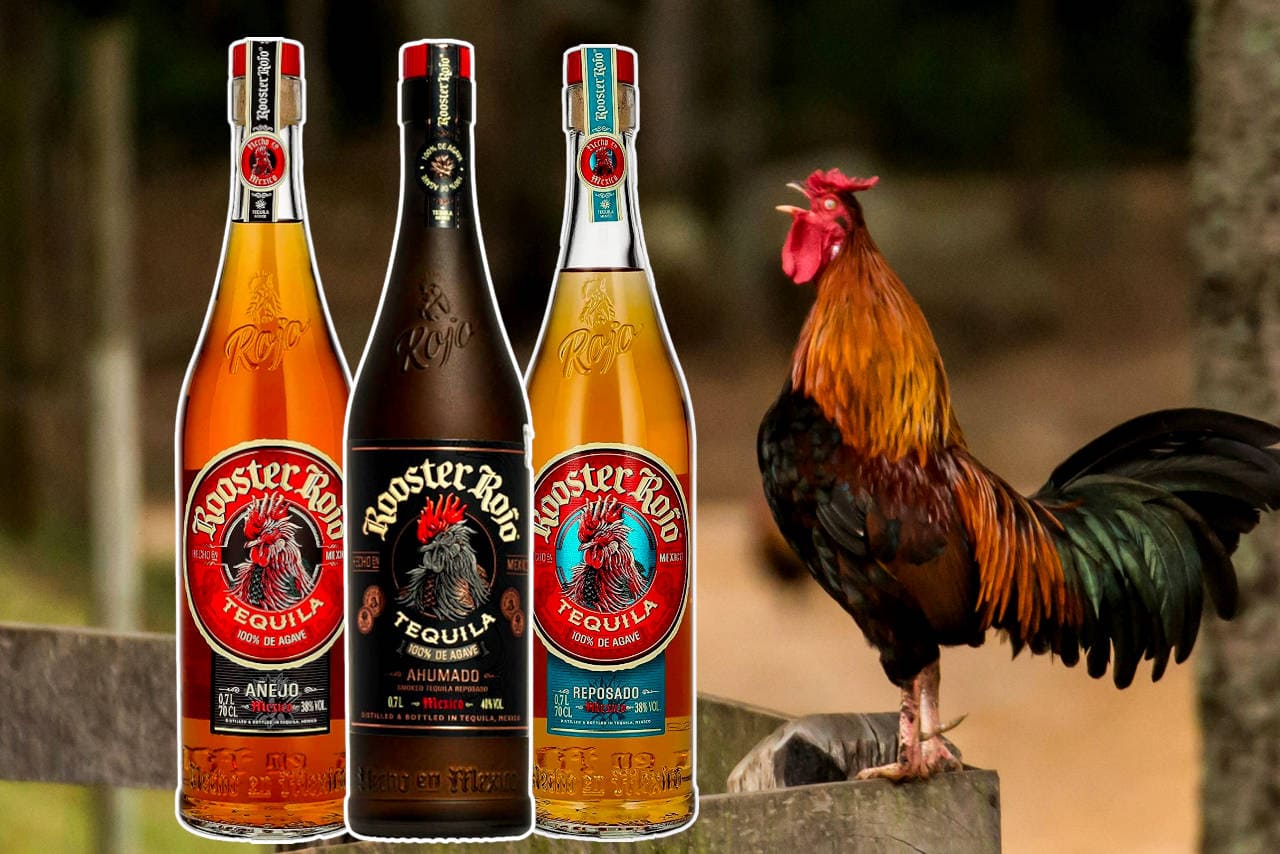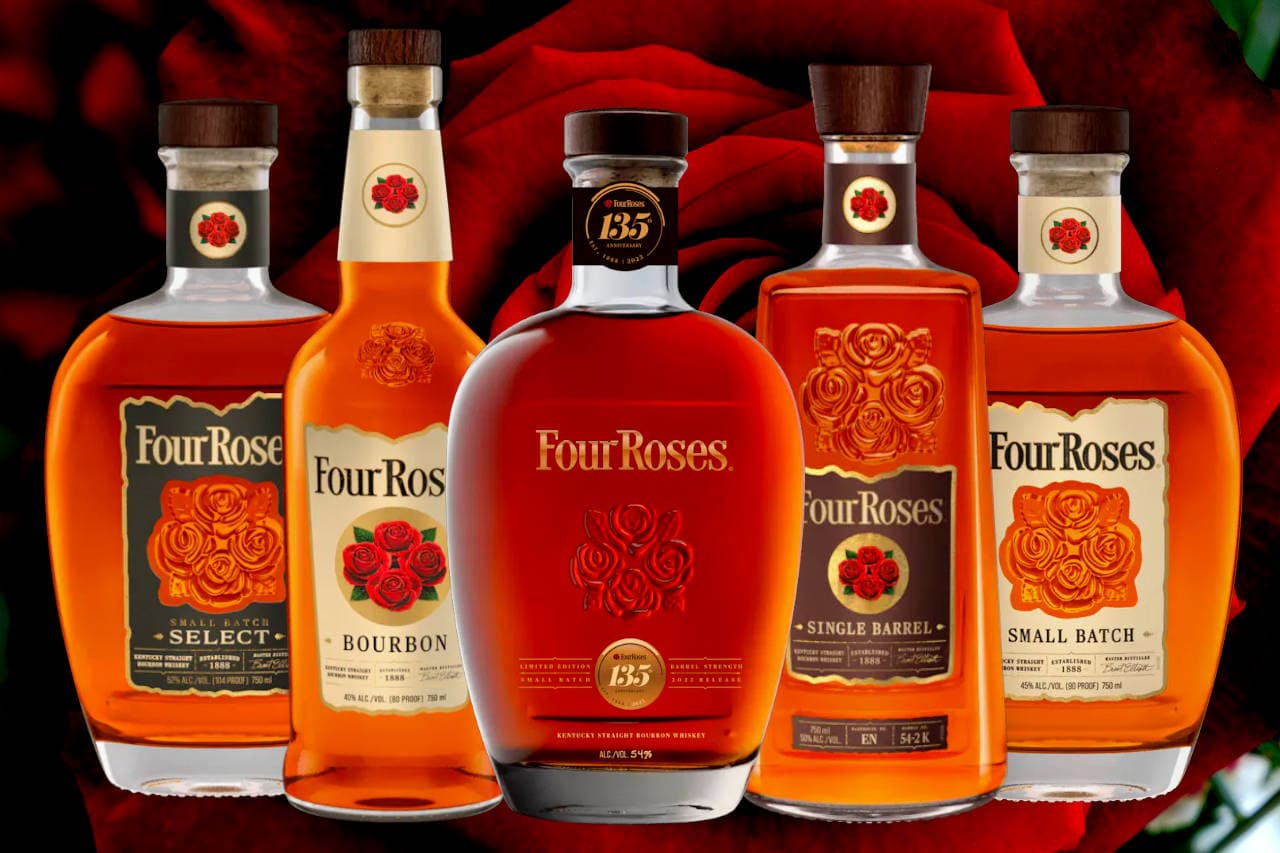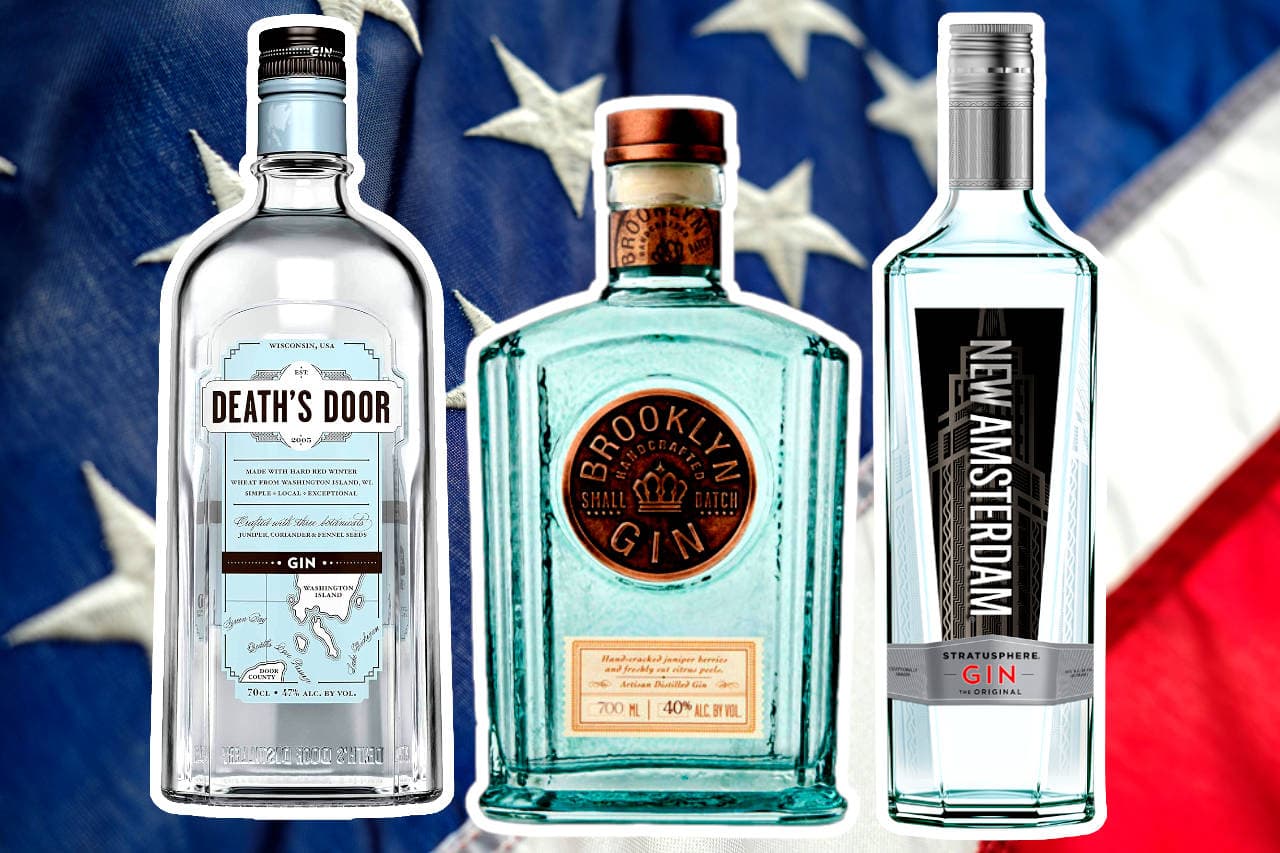First, it isn’t gin – Genever is the alcohol that inspired gin. This clear spirit has a unique and fascinating history, whereas its more famous cousin (gin) is only a footnote. The history of Genever begins with a malt spirit, and manufacturers blend this alcohol with a juniper distillate and often add sugar or other botanicals for flavour.
However, unlike gin, which you can make from any clear spirit, European law controls the ingredients for Genever. You can only make this alcohol from rye, wheat, or corn. Not only that, but you can also age Genever.
Furthermore, while making gin anywhere in the world, you can only distil Genever in Belgium, the Netherlands, and specific German and French regions.

The History Of Genever

Now that we know the basics of Genever – also known as Jenever, Genevieve, Geneva, Holland gin, and Dutch gin – we can examine its history. From its role as medicine in European wars to its rivalry with gin and eventual outcome as an AOC product, this liquor has a history like none other.
In the name of research, I’ve left no stone unturned in discovering this drink’s history, so get yourself comfy, maybe pour yourself a cheeky glass, and read on.
0-1599 AD
During the 16th Century, the Low Countries were famous for their distilleries and brewing innovations. One of their premier products was malt wine – moutwijn in Dutch –a potent clear spirit.
However, malt wine didn’t taste great, which led many Flemish and Walloon distillers to flavour this alcohol with botanicals – select herbs and spices. Juniper berries featured prominently among these botanicals, which would give Genever its name.
Initially, though, people didn’t drink this liquor for pleasure. Instead, it was deemed a medicine… now that’s the kind of medication I can support!!
1600-1699 AD

Come the 17th Century, however, Genever’s meteoric rise to prominence would begin.
In 1606, the Dutch government began to tax hard liquor, Genever included, as people had discovered its pleasurable properties above the medicinal. Still, it’s also a fundamental step for how this alcohol became beloved across Europe.
The tax left many distillers out of work, leaving them for other countries, including France, Germany, and parts of the Netherlands, unaffected by the ban. In doing so, they spread Genever to the nations that produce it today.
We can see this widespread appeal in the 1623 play, The Duke of Milan, which references ‘Geneva,’ or an Anglicised version of our Dutch gin. This era is vital for another reason, too. The British fought the Dutch frequently in the 17th Century, which led the country to acquire a taste for Genever.
Thanks to the Eighty Years’ War, the British knew the traditions of the soldiers of the Netherlands, including “Dutch Courage.” Before the battle, Dutch soldiers would drink alcohol from their flasks, often Genever.
However, British tastes preferred a slightly different spirit – gin. Contrary to popular belief, gin doesn’t descend from Genever, as flavouring neutral spirits with juniper were common practice across Western Europe.
Nevertheless, we can say that Genever helped boost gin’s fame. When the Dutch King William of Orange ascended to the British throne in 1689, he helped cement the popularity of these two spirits.
1700-1799 AD
In 1713, the Dutch government lifted prohibitions on its southern provinces distilling liquor, which led to a massive revival of Dutch and Belgian Genever.
Leading brands like Schiedam grew from 37 to 250 distilleries during the 18th Century – more evidence of this drink’s now-forgotten success.
Genever wasn’t the only popular spirit either. Instead, Europeans loved gin, too. The 18th Century saw the beginning of the infamous Gin Craze. But, unlike gin, this spirit didn’t decline in popularity either.
1800-1899 AD

After the Kingdom’s independence, Belgium lowered taxes on Genever again, plus banned anyone from importing the Dutch Genever. By doing so, they supercharged their domestic industry, and by 1880, Belgium was producing over 15 million gallons of Genever early.
Despite a far higher population than in 1880s Belgium, Britain doesn’t have even 700 distilleries today; interestingly, in the 19th Century, Belgium had over 1000 distilleries devoted to Genever alone.
We’ll get to where this spirit went in a moment. First, we must also discuss how Genever changed during this period. Specifically, European nations started importing American corn instead of homegrown wheat or barley.
While this corn didn’t change Genever’s flavour, it lowered its price. While many people were thrilled to have cheap Genever, traditionalists and purists hated this move.
Because of that, some breweries started advertising Oude Genever, which had a minimum of 15% malt wine and used more significant amounts of rye and wheat. Not only that, but distillers also aged Oude Genever, often in oak barrels.
Other distillers shifted to producing Jonge Genever, with a maximum of 15% malt wine and a greater variety of botanicals. Both types found their way to the United States, where Genever became a favourite of pre-Prohibition bars.
1900-1999 AD

By the 20th Century, Belgium produced over 22 million gallons of Genever annually! Unfortunately, WW1 then broke out. Thanks to the German invasion, Belgian Genever nearly died, and soldiers looted and melted down the stills for military hardware.
The Netherlands fared a little better, though. Although the German army didn’t destroy them, the demand for Genever sank in the Interwar period. Dutch distillers couldn’t singlehandedly fulfil the need for this product, so consumers turned back to gin.
However, even if Genever’s popularity recovered after WW1, it couldn’t work after WW2. None of the Genever brewing countries escaped massive damage, and Belgium’s prohibition laws dealt the spirit a death blow in 1919.
2000 To Modern Day
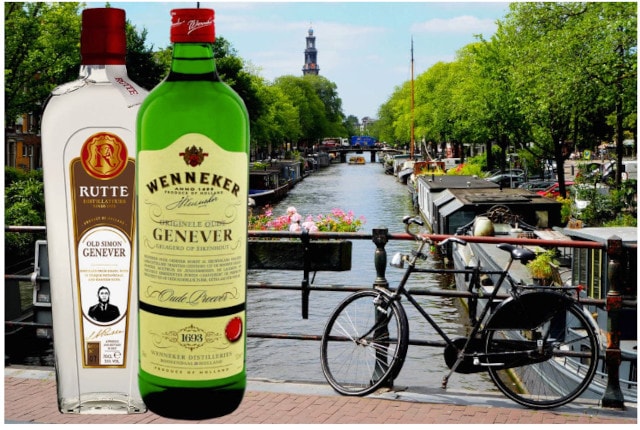
People still drink Genever today, although in far fewer quantities than in its heyday in the late 1800s. The European Union protects this spirit, too; It’s an AOC – an Appellation d’Origine Contrôlée – meaning it’s illegal to make it outside of traditional areas without using standard methods.
Related Article: 7 Genever Brands: Gin, But Not As We Know It!
Further helping Genever’s recovery is the cocktail renaissance. While people have always used Genever in cocktails, the 21st Century made it cool again. Long gone are the days of tulip glasses, and in are the days of highballs and tiki drinks.
Thanks to its unique flavour and brewing process, Genever gives cocktails a bespoke edge that neither gin nor vodka can provide.

My First Genever Experience
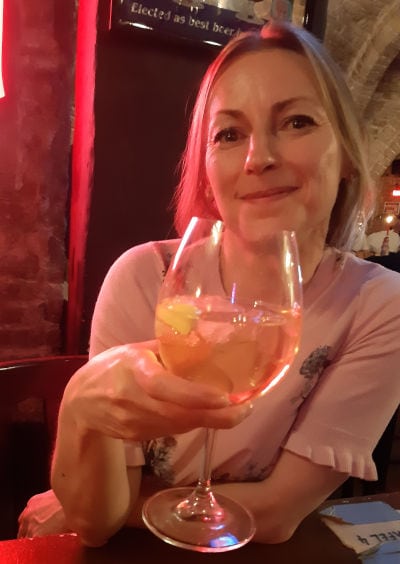
I had my first Genever experience whilst on a recent trip to Bruges in Belgium. In a dark underground gothic bar named Le Trappiste, I asked the experienced staff what they recommended; Genever & Ginger Ale was their unanimous answer!
There are also several spellings; jenever, jeneva, geneva, genièvre, genever, and ginebra. Genever is predominantly made in Holland and Belgium, and the Dutch barman told me that they pronounce it JE-NEE-VAH (like the Swiss City).
Ingrid’s Top Pick Genever
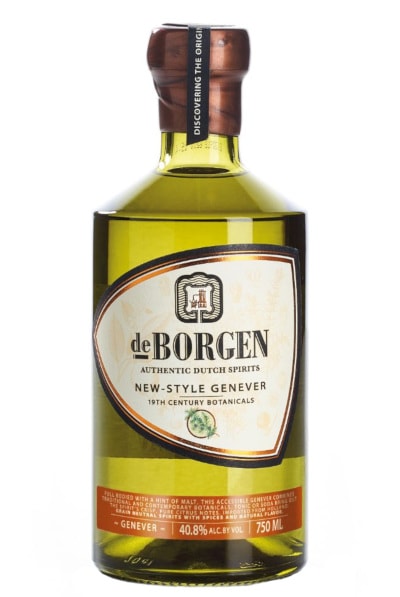
De Borgen Holland Genever Gin
My top pick genever is De Borgen Holland New-Style Genever because the duality of the crips juniper and anise works so well with the deeper malt and nutmeg flavours.
Conclusion
Genever is a clear spirit using malt wine and botanicals, primarily juniper. Although many confuse it for a Dutch gin style, Genever predates that spirit. The remarkable history of Genever showcases how international politics can create or destroy a liquor’s reputation. Next time you’re out drinks shopping, look out for a bottle.

Further Reading
Below are some additional articles from The Drinks Geek blog. We write articles on several fascinating areas of drinks, including different brands, drink types, cocktail recipes and more.
